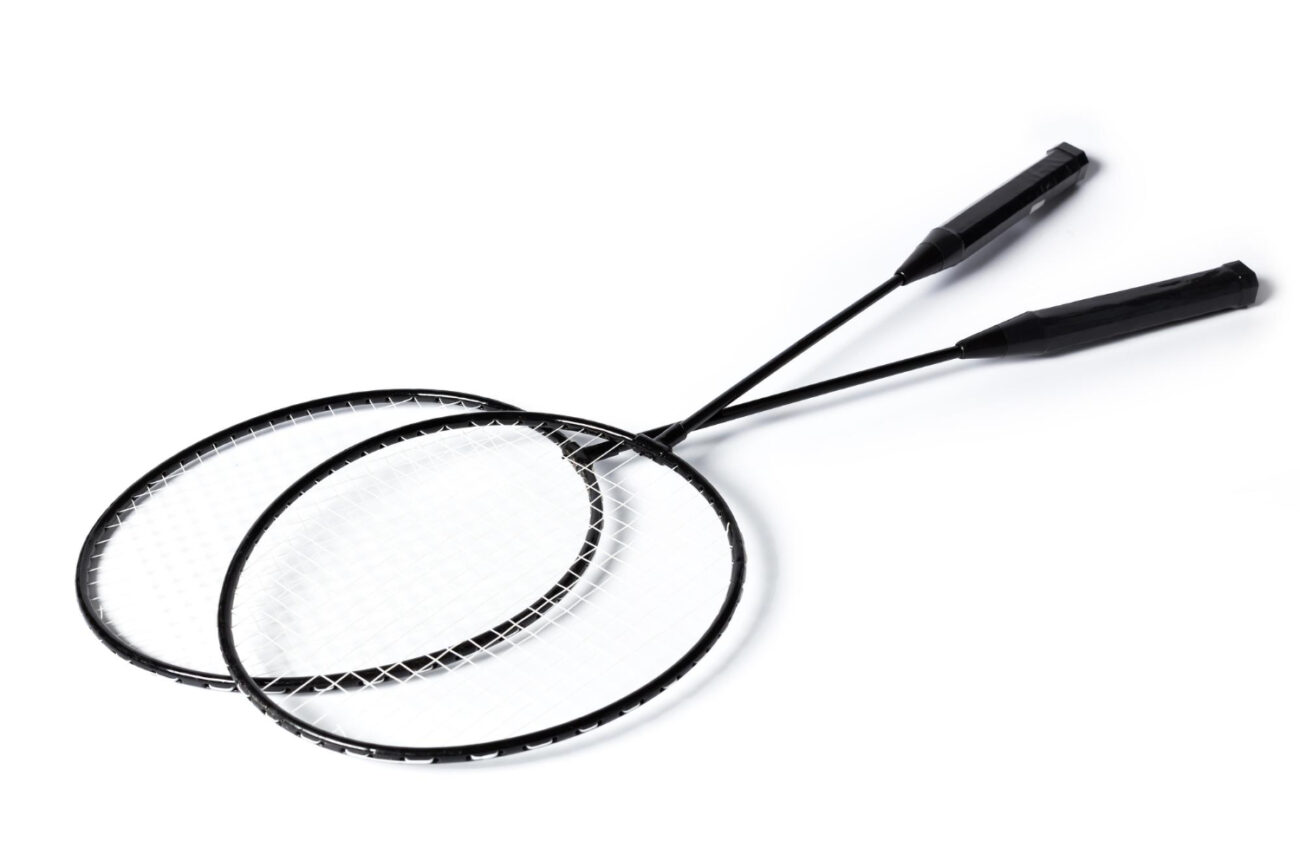Everything you need to know about badminton racket strings
In major parts of the world, a lot of rackets are strung by the makers, who usually use a low-tension, thicker, more durable string. Because thick strings often last a long time before rupturing, they are often the best option for a musician who is still developing their skills. In addition to maximizing the ideal spot on the racket head, a lower string tension will make the racket simpler to wield.
Tailoring strings on a new racket is like fine-tuning an automobile’s engine. The basic factory engine in a new car would be sufficient to drive you from point A to point B. The car’s engine would need to be modified to acquire the best performance if you wished to compete in races. Your racket’s “engine” is being tuned with a re-string. In this article, we will focus on the best badminton racket tension, badminton strings, and many more details about racket strings and tension.
Important terms and information before selecting a badminton string
There is a “sweet spot” for each badminton racquet. You will get the most power in this section of the string bed. The sweet spot will get narrower as the tension increases. Casual and novice players are more prone to mishit the shuttle because they lack proper technique. Therefore, for novices, a higher tension corresponds to LESS power.
Beginners and casual players will find it much easier to generate power when the sweet spot is increased by lower string tension More string tension can provide you more power and control if you regularly find the ideal target. The disadvantage is that the strings will break more easily in the case of a mishit since they are being pulled so tightly.
In general, thicker badminton strings last longer than thinner ones. Your choice of string and tension is also much influenced by the kind of badminton shuttle you choose. Each badminton player has a different string and tension. Your playing style and technique will determine which string and tension you use. There is a recommended tension for each racket. Selecting a greater tension will nullify the guarantee provided by the manufacturer.
Types of Badminton Strings
Three primary categories are commonly used to classify badminton strings:
– Power string
– Control string
– Durability string
Power Strings: These strings are made to give your game more tempo and force, as their name implies. Power strings typically have a gauge of 0.68 or less for string diameter. They work especially well for attacking singles players and rear-court doubles players.
Best products:
- Yonex BG80 Power
- Ashaway Zymax Fire Power 66
- Victor VBS 68 Control (Hard Feeling)
- Yonex Aerobite Boost
Control strings: Generally speaking, control badminton strings have a more rough surface. By doing this, you can strike the shuttle with greater “bite.” Front-court doubles and singles players who want to play delicate slices and tight spinning net shots will find control strings especially helpful.
Best Products:
- Yonex BG 80
- Victor VBS 66 Nano
- Victor VBS 68 Control (Hard Feeling)
- Ashaway Zymax Fire Power 66
- Yonex BG 66 Ultimax
- Li-Ning No.1
Durability Strings: Typically having a gauge of 0.70 mm or higher, these strings are designed for players who wish to extend the life of their strings and prevent frequent, expensive journeys to the neighbourhood re-stringer. Ideal for players who want to get the most out of their strings or who train frequently.
Best Products:
- Victor VBS 70
- Yonex BG 65 Titanium
Difference between Lower tension and Higher tension of strings
A low tension means:
The bounce and resistance from the strings will be significantly increased by the softer string bed of the racket. This will make it simple and need little work for you to obtain power from the racket. Because even mishits fly off with enough power, a larger sweet spot makes it easier for casual players.
Badminton strings are less likely to break from mishits and will last a lot longer. Better absorbency of shock and less arm strain are two benefits of the softer string bed. If you’re just starting out, a low tension will help you do well because it will make it easy to produce power, even with off-centre hits.
A Higher tension means:
Improved shuttle feel and a tighter string bed. Better positioning and control are made possible by this. A narrower sweet spot means that the player must use more precise and reliable strokes to continuously produce power. The player will have to exert more force to produce power since there will be less “bounce/repulsion” from the strings. Less resilient and more likely to shatter from mishits that are off-centre. Less shock absorption, which implies that your arm will be under additional strain.
Advanced players with strong technique and the capacity to produce sufficient power on their own are better suited for higher tensions. They will have more control over their game if the tension is raised.
Badminton string near me
One can find the best and coolest badminton rackets and strings on our website. Many major brands such as Yonex, and Li-Ning strings are available on our website store. In addition, you may also find the Yonex chart on our website.

